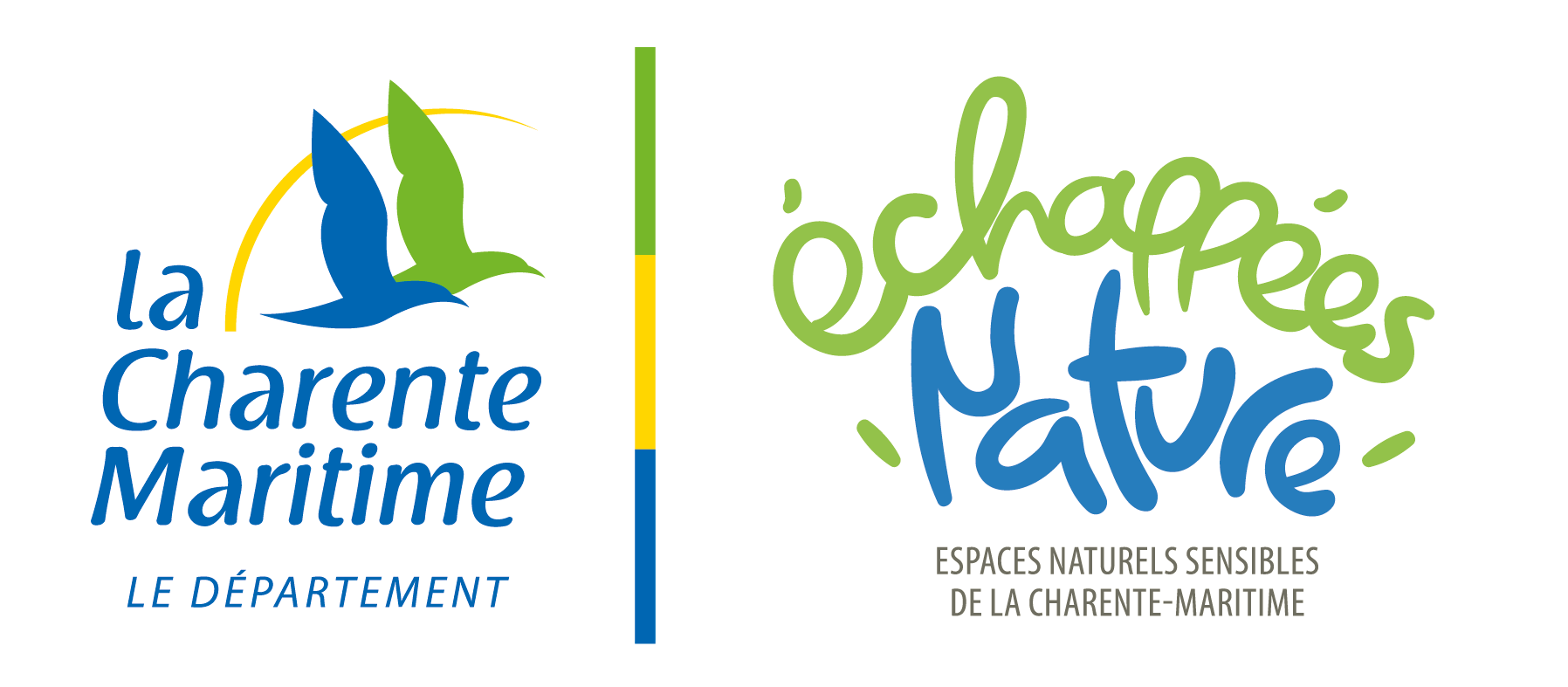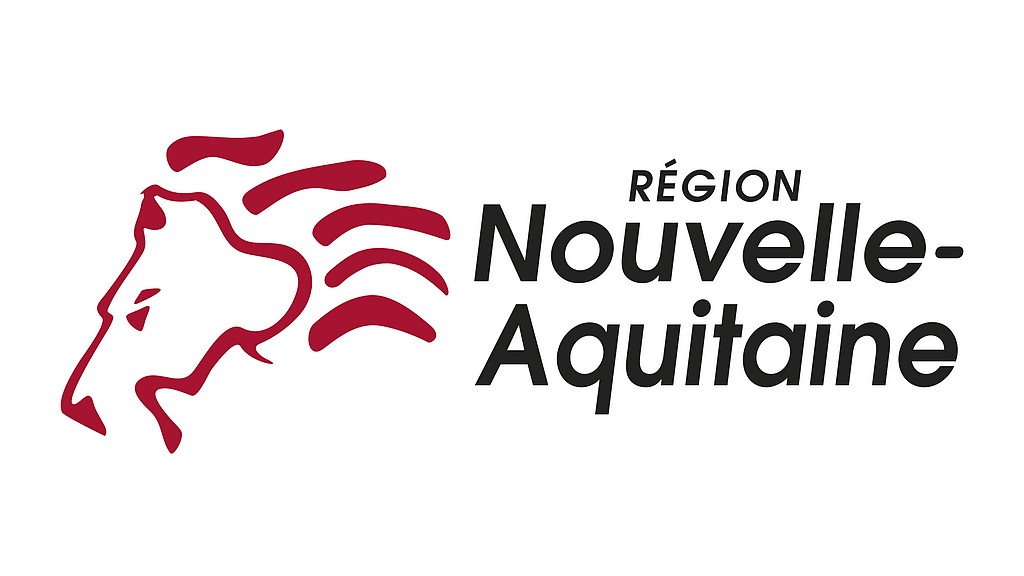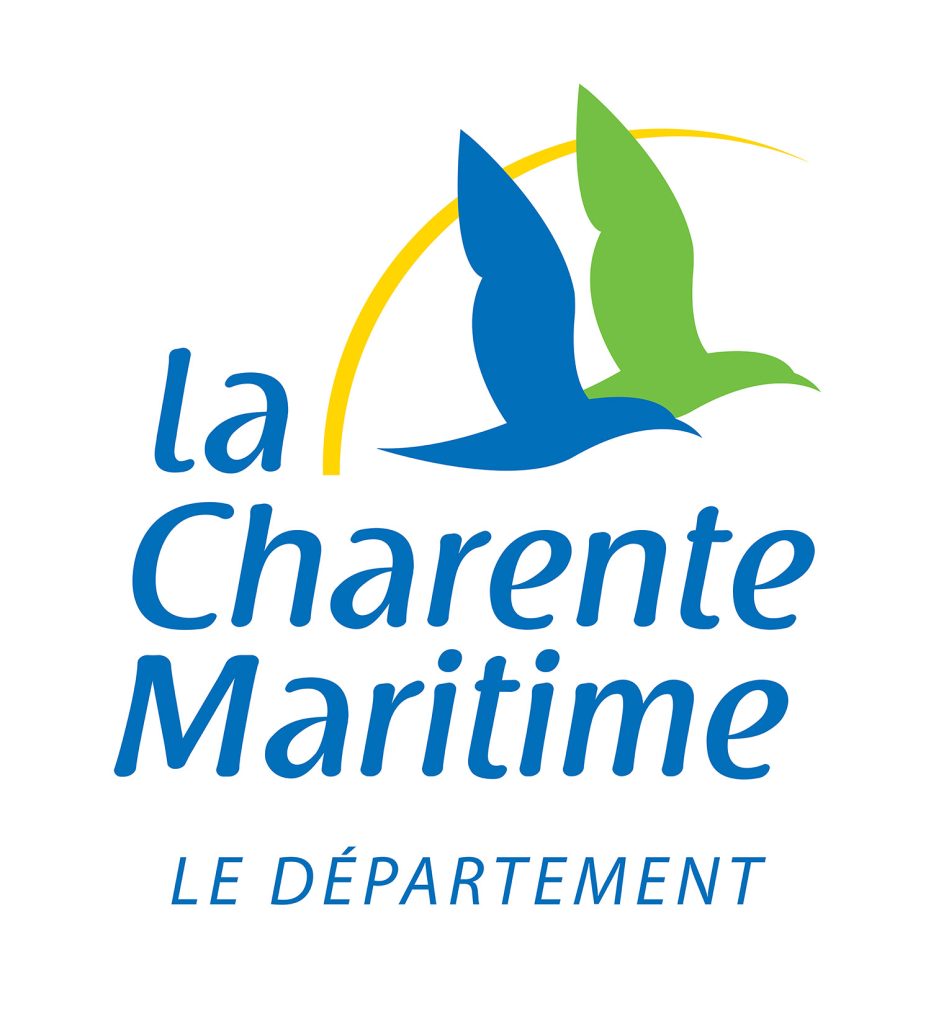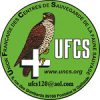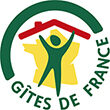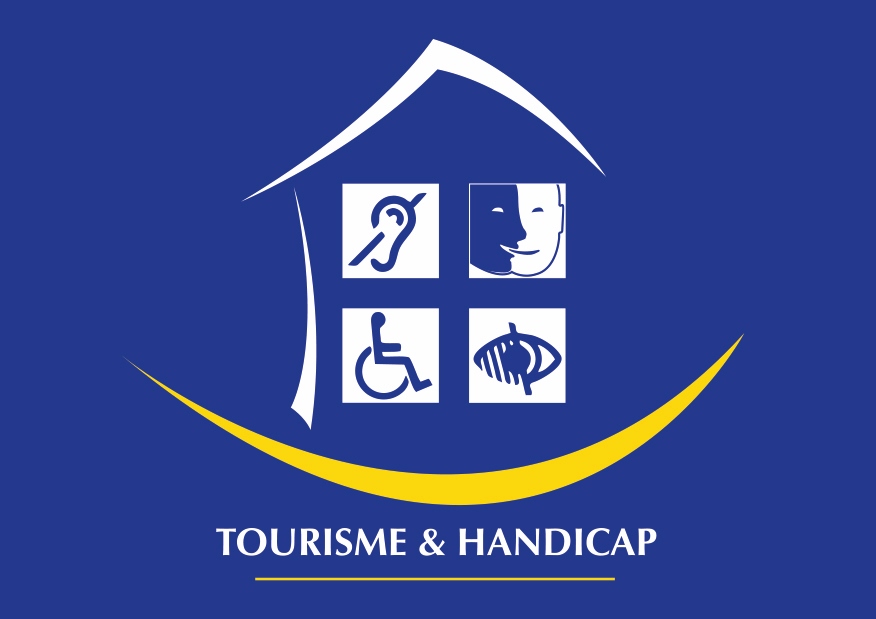Présentation du Centre
Le centre de sauvegarde du Marais aux Oiseaux a été créé en 1982, à l’initiative d’Alain Formon. Il est affilié à l’Union française des centres de sauvegarde de la faune sauvage (UFCS) qui regroupe une trentaine de centres. Ces derniers ont pour vocation de soigner de façon désintéressée les animaux sauvages en détresse dans le but de les relâcher. Il est fermé au public afin de ne pas troubler la convalescence des animaux en soins et éviter de les rendre trop familiers.
Les centres de sauvegarde travaillent en étroite collaboration avec les vétérinaires, seuls habilités à procéder aux interventions chirurgicales, mais aussi à prescrire des traitements médicamenteux.
Le centre de sauvegarde départemental du Marais aux Oiseaux répond aux toutes dernières normes administratives, tant sanitaires
qu’environnementales.
D’importants travaux de réhabilitation des locaux (120 m²) ont eu lieu en 2011-2012 tandis que l’ensemble des volières a été entièrement restructuré en 2018.
Pour faire face à des situations inhabituelles, le centre dispose également de 6 enclos démontables munis de lampes chauffantes permettant de prendre en charge 75 oiseaux de la taille d’un Guillemot de Troïl.
L’accueil des animaux en détresse a lieu toute l’année.
Espèces prises en charge : avifaune française et petits mammifères (Écureuil roux et Hérisson d’Europe).
Vous avez trouvé un animal sauvage en détresse, cliquez ici
Parcours d’un animal accueilli
Dans un tiers des cas, les personnes qui trouvent un animal sauvage en détresse le confie directement au centre de sauvegarde départemental (à l’accueil du Marais aux Oiseaux).
Dans le cas contraire, il est pris en charge par un des 8 points relais (dont 4 cliniques vétérinaires) répartis sur le département de la Charente-Maritime.
À la suite de la nouvelle réglementation de 2019, le Département de la Charente-Maritime a repris la logistique du réseau de transport des animaux blessés initié en 1997 par la Ligue pour la Protection des Oiseaux (LPO).
Depuis 2020, un poste de transporteur animalier a été créé afin d’acheminer les animaux vers le centre de sauvegarde, il dispose d’un véhicule spécifique et circule toute l’année du lundi au vendredi.
Toute notre gratitude va aux membres et aux bénévoles du réseau qui l’anime. Sans oublier bien entendu les sapeurs-pompiers, les services de gendarmerie et de police, les agents de l’Office français de la biodiversité (OFB) ainsi que ceux de la Fédération des chasseurs (FDC 17). Merci à tous !
Bilan de l’année 2024
Cette année, le centre de sauvegarde départemental a accueilli 2 075 animaux de 100 espèces différentes.
Le Hérisson d’Europe, le Pigeon ramier, la Tourterelle turque, le Moineau domestique et le Martinet noir sont les 5 principales espèces accueillies et représentent à elles seules environ la moitié des animaux pris en charge.
Les faits marquants de cette année sont l’accueil de 443 hérissons dont 140 jeunes non sevrés et d’une Tortue Caouanne qui à été transférée à l’aquarium de La Rochelle.
Il est à retenir que plus de 1200 animaux ont été accueillis en 2024 dans les points relais et rapatriés vers le centre de sauvegarde par le transporteur qui a parcouru 54 038 kilomètres, soit un peu plus d’un tour du monde.
Il est à noter que cette année 46 % des animaux accueillis vivants au centre de sauvegarde ont retrouvé leur liberté.
